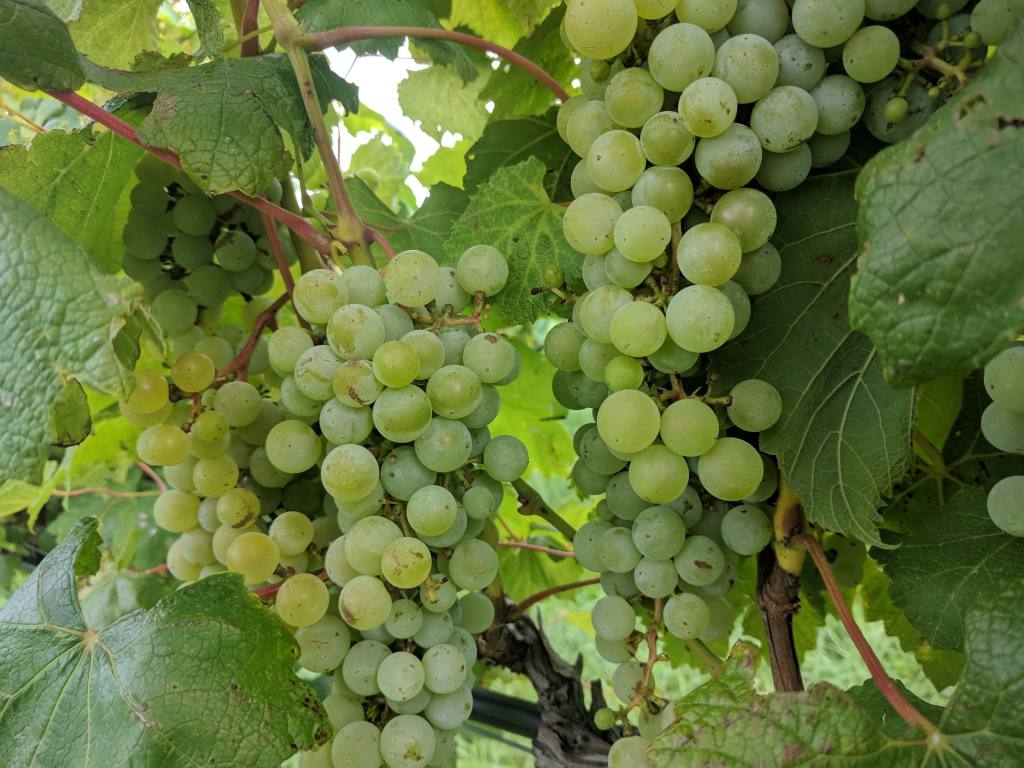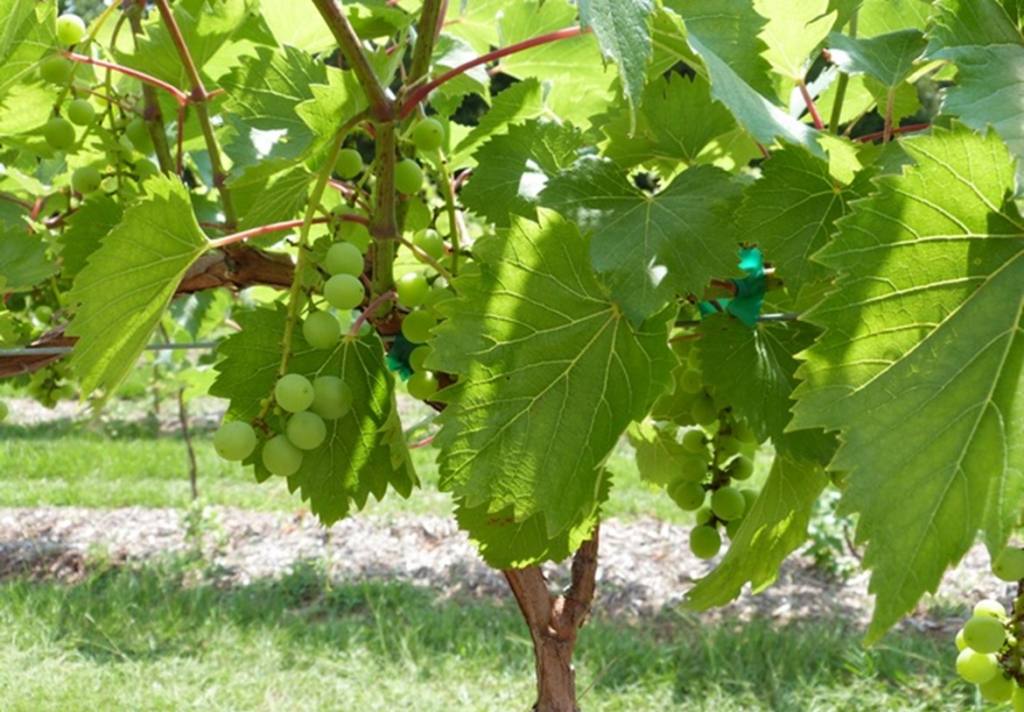The Role of Genetic Mapping in Combating Foliar Insect Pests in Hybrid Grapes

The world of viticulture is as challenging as it is rewarding. Vineyard owners constantly face the threat of pests, diseases, and environmental factors that can significantly impact grape production. Among these, foliar insect pests pose a serious threat, particularly to hybrid grape cultivars, which are increasingly popular due to their resilience and adaptability. Recent advancements in genetic mapping are offering new hope in the fight against these pests, promising to protect vineyards and enhance the sustainability of grape production.
Understanding the Threat: Foliar Insect Pests
Foliar insect pests, such as leafhoppers and aphids, are notorious for their ability to damage grapevines by feeding on the leaves. This feeding can lead to reduced photosynthesis, weakened vines, and ultimately, lower yields. For vineyard owners, managing these pests often means relying on chemical pesticides, which can be costly and have environmental consequences.
Hybrid grape cultivars, which are created by crossbreeding different grape species, have been developed to possess certain desirable traits such as disease resistance, climate adaptability, and improved fruit quality. However, their susceptibility to foliar insect pests remains a significant challenge, making the search for natural resistance mechanisms within these hybrids a critical area of research.
The Power of Genetic Mapping
Genetic mapping is a powerful tool that allows scientists to identify specific genes associated with particular traits, such as pest resistance. By mapping the genomes of hybrid grape cultivars, researchers can pinpoint the exact locations of resistance genes that help the plants fend off foliar insect pests. This knowledge is invaluable for breeders, as it enables them to develop new grape varieties that are naturally resistant to these pests.

In recent research, scientists have successfully mapped new resistance genes in hybrid grape cultivars. These genes are associated with the plant’s ability to produce certain chemical compounds that deter or kill insect pests. By incorporating these resistance genes into new grape varieties, breeders can create plants that are better equipped to survive and thrive in environments where foliar insect pests are prevalent.
Implications for Vineyard Owners
For vineyard owners, the implications of this research are significant. Grapevines with built-in resistance to foliar insect pests could reduce the need for chemical pesticides, leading to lower production costs and a reduced environmental impact. Additionally, vineyards planted with these resistant varieties could experience higher yields and better overall grape quality, as the plants would be healthier and more vigorous.
Moreover, the use of genetically mapped, pest-resistant grape cultivars could contribute to the long-term sustainability of vineyards. By reducing the reliance on chemical treatments, vineyard owners can promote healthier ecosystems in and around their vineyards, fostering a more balanced and resilient agricultural environment.
A Future of Sustainable Viticulture
The role of genetic mapping in combating foliar insect pests in hybrid grapes represents a significant step forward in the quest for sustainable viticulture. As researchers continue to explore the genetic makeup of grapevines, the potential for developing even more resilient and productive grape varieties becomes increasingly promising. For vineyard owners, embracing these advancements could mean a future where their vines are not only protected from pests but also contribute to a more sustainable and environmentally friendly wine industry.
In conclusion, the power of genetic mapping offers a new frontier in the fight against foliar insect pests in hybrid grapes. By identifying and utilizing resistance genes, vineyard owners can protect their crops, reduce their reliance on chemicals, and move toward a more sustainable future in grape production. As the wine industry continues to evolve, the integration of these scientific advancements will play a crucial role in shaping the vineyards of tomorrow.











